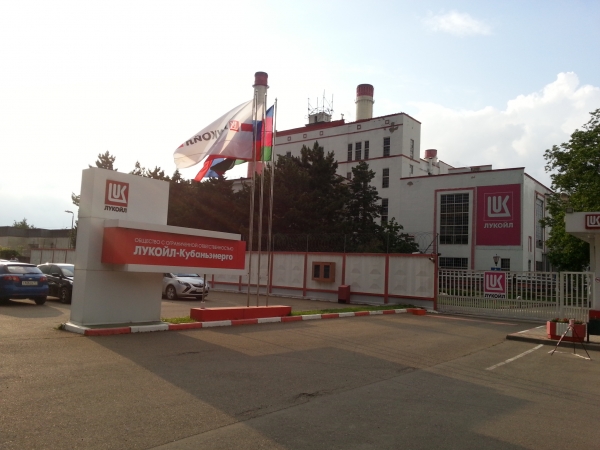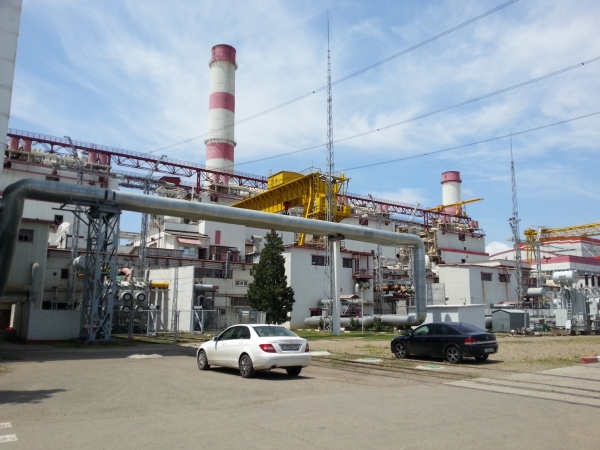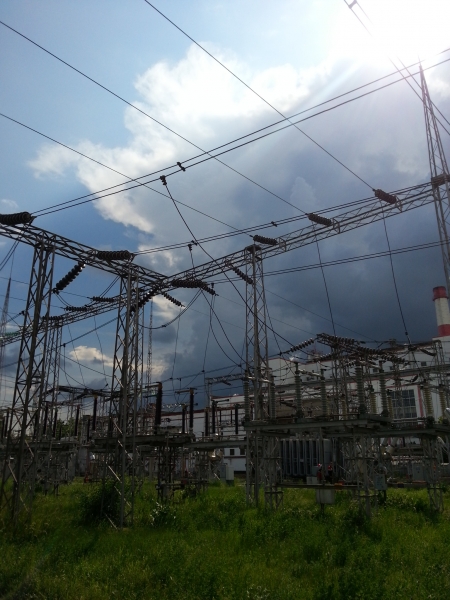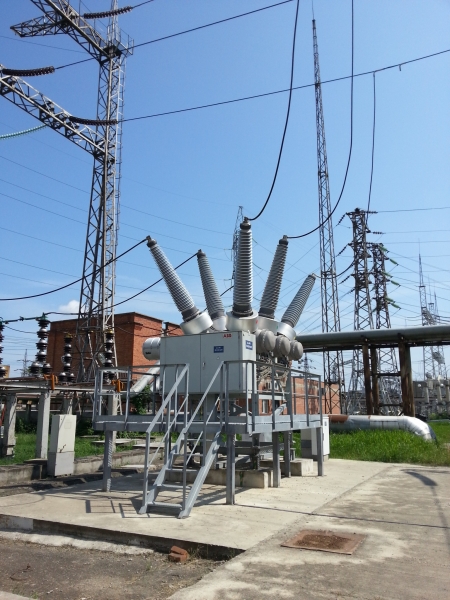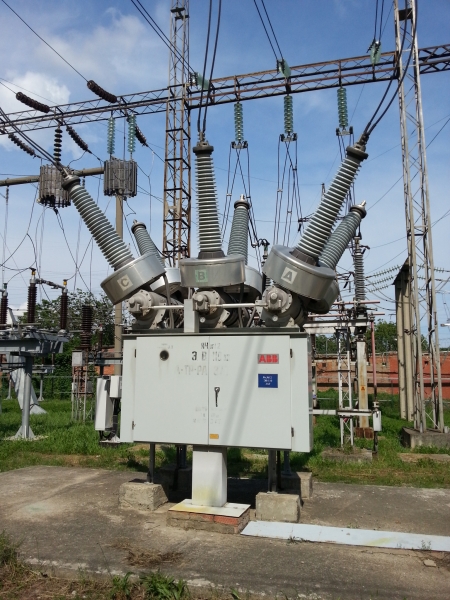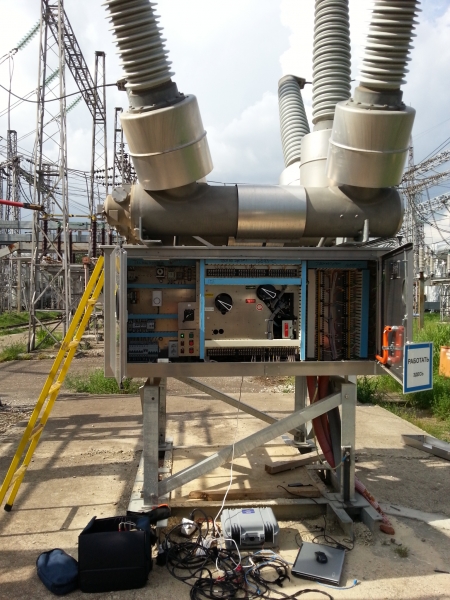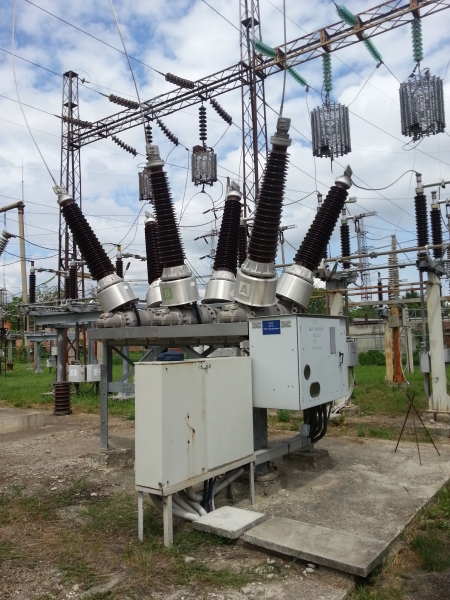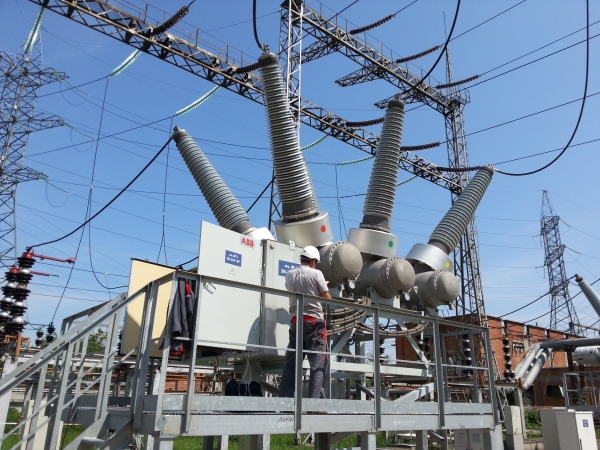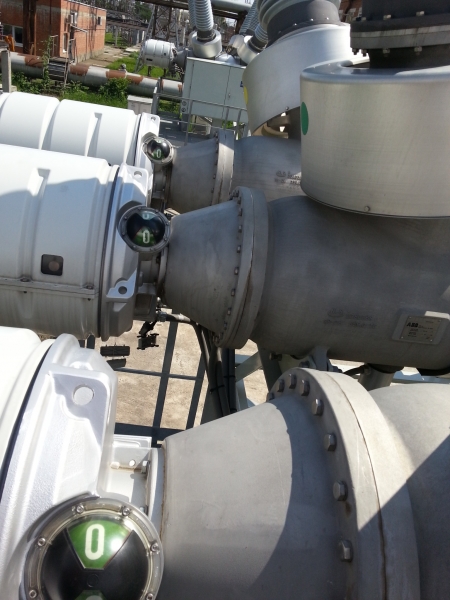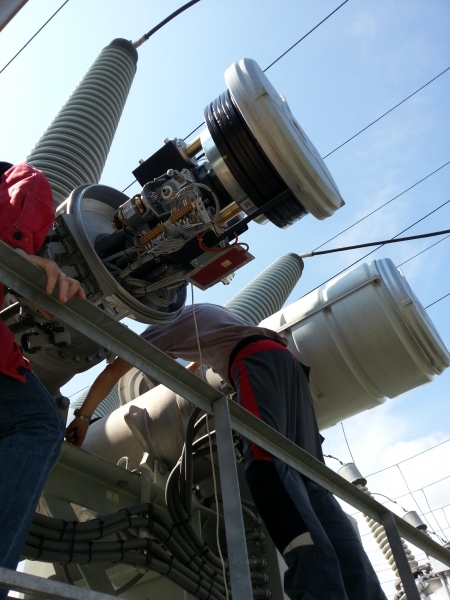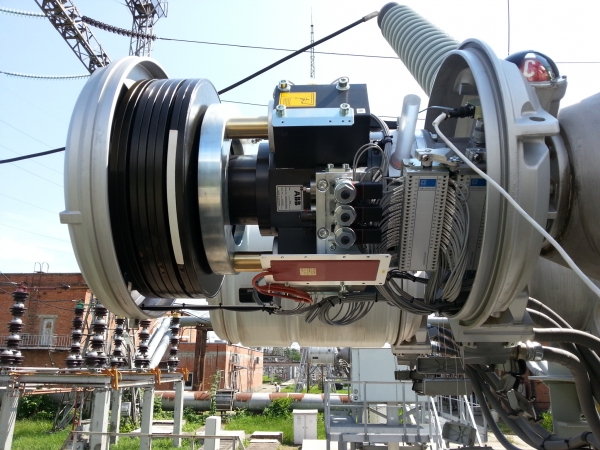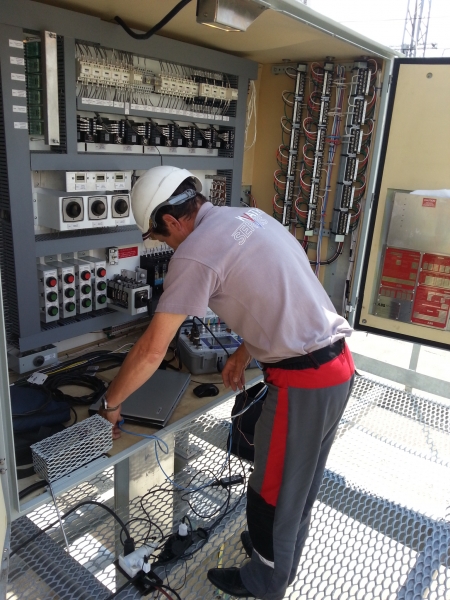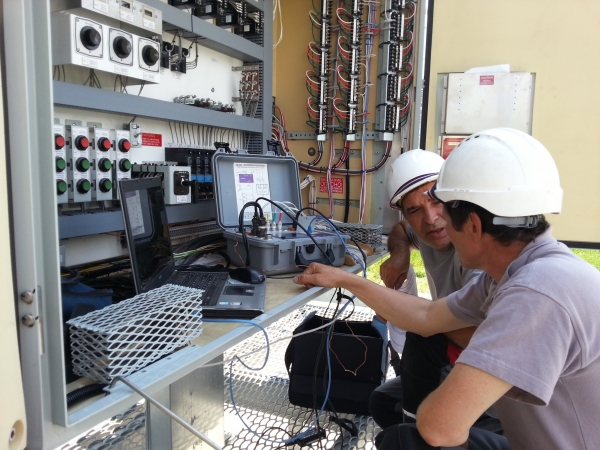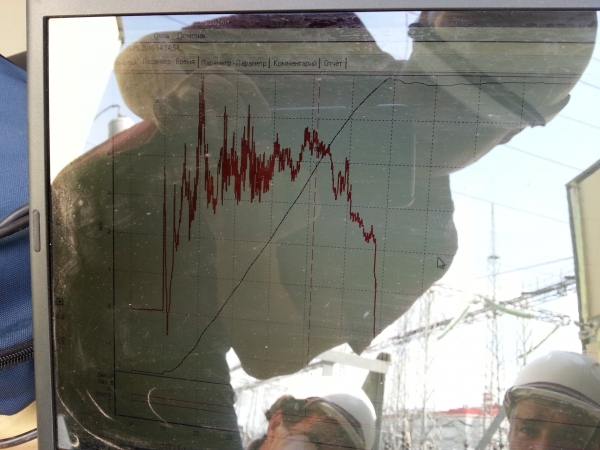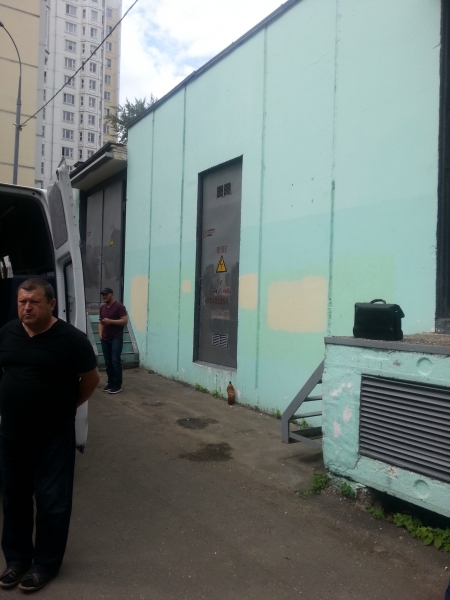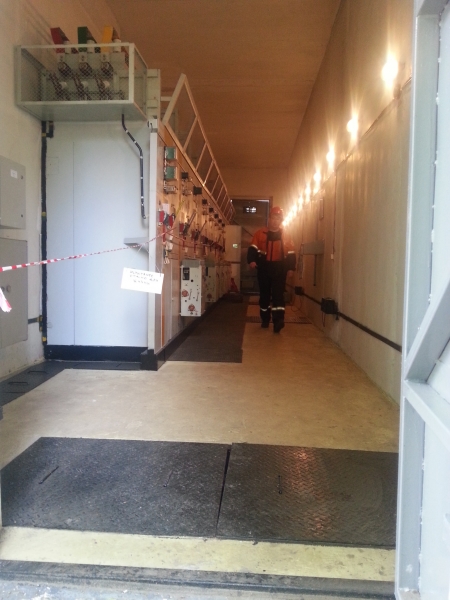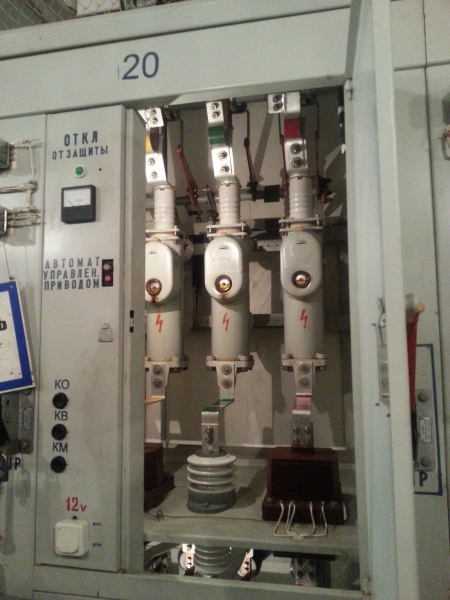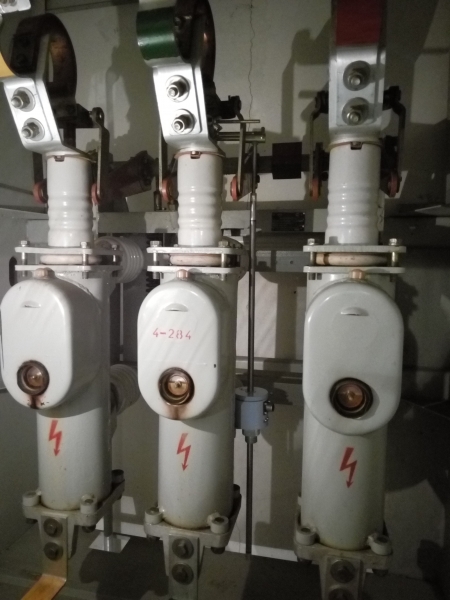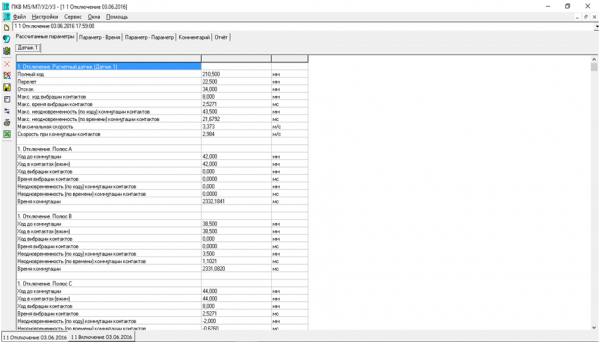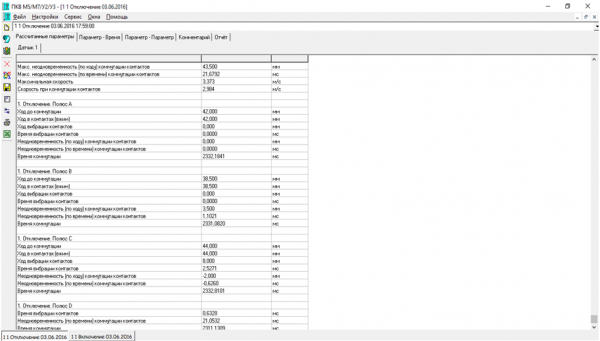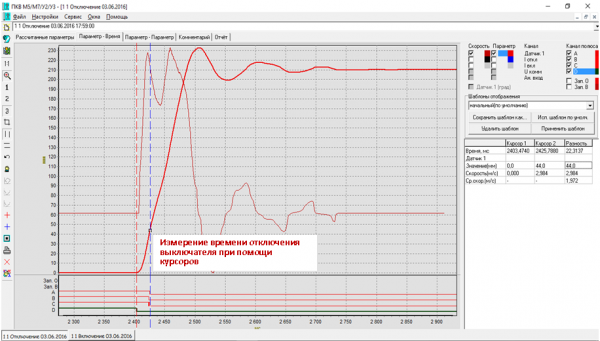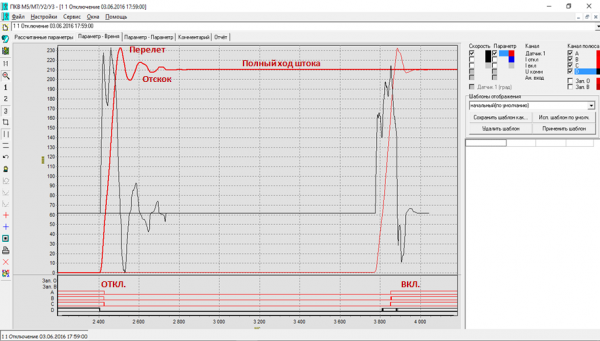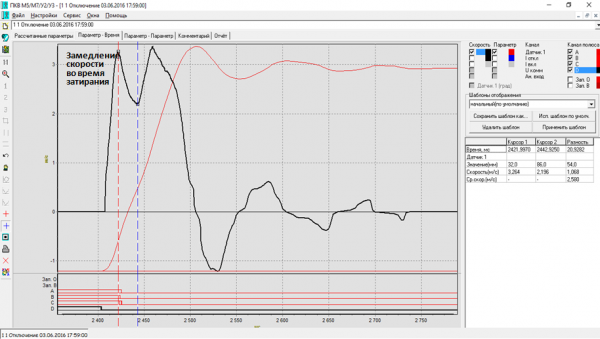Results of Company Workshops in Krasnodar and Moscow
At the end of May - in early June the SKB EP Company held a two-days training workshop for specialists of JSC OEK and LLC KVATRO-Servis Companies that was based on the individual program on the following subject: Control And Diagnostics of High-Voltage (HV) Electric Equipment Using SKB EP Instruments.
The program of company workshops takes into account the fleet of HV equipment available in the Company and instruments manufactured by SKB EP. The workshop is of special interest for those who recently started to operate or intends to use the PKV, MIKO or PKR instruments. After the workshop the participants are subjected to tests to confirm the knowledge and skills acquired.
On May 30-31 a workshop was held for workers of KVATRO-Servis Company, for more than 10 foremen and electricians.
The first day was devoted to theoretical issues: making familiar with new SKB EP developments and answers to the questions. Theory included main aspects of the instruments operation on the HV equipment, but, following the desires of participants, major attention was paid to demonstration of peculiarities of measuring and detecting the defects in the equipment nodes using the instruments they started to use recently.
Practical training took place at Krasnodar CP (SG-110 and SG-22kV). KVATRO-Servis uses the following instruments for HV circuit-breakers tests:
- PKV/M5, one of the first instruments of PKV family. It has been taken out of production. Specialists of KVATRO-Servis positively referenced the instrument and are still using it for diagnostics of oil circuit breakers condition, for example, those of MKP-220 type.
- PKV/M7 is an advanced instrument for HV circuit breakers testing that was procured relatively recently, therefore, the objective of the workshop was to train the specialists in using the analyzer for testing the SF6 circuit breakers of АBB 245PMI50-B type with three hydraulic drivesHMB 4.2; ABB 145PM-40 circuit breakers with a spring-type drive FSA-2; ALSTOM DT1-145FK circuit breaker with a spring-type drive; VEB-110 circuit breaker (Energomash - Uralelektrotyazhmash (Ekaterinburg)), and Siemens 3AP1DT-145 with a spring-type drive.
Main objective of SKB EP specialists was to train the workshop attendees in identifying the place for mounting the transducer for measuring the speed and travel of a mobile contact depending on the circuit breaker type. The PKV/M7 is furnished with linear (DP12) and angular (DP21) displacement transducers.
Linear displacement of mobile parts of a circuit breaker in the majority of cases can be measured directly using the DP12 transducer if the motion of a connecting rod or of a mobile contact is controllable, but mobile parts in the majority of foreign circuit breakers are not accessible for control by a linear displacement transducer. The angular displacement transducer DP21 is to be used as only angular rotation of the shaft of the mechanism of poles is controllable, and the program of the PKV/M7 integrates a formula for converting the angular displacement into linear one.
Moreover, the instrument is furnished with a set of special fasteners (delivered upon order) for mounting the DP21 transducer on the circuit breakers of foreign manufacture (ABB, AREVA, Alstom, Siemens, and etc.).
Workshop attendees were specifically interested in the analyzer use on the SF6 ABB circuit breaker of 245PMI50-B type. Its peculiarity is three single-pole hydraulic drives of HMB 4.2 type that are remotely controlled from the central cabinet. Circuit breaker performances were to be measured from each pole (speed and travel of a mobile contact) and it required determination of the transducer location.
For data recording the DP21 angular displacement transducer with special fasteners was selected and mounted on the shaft of position indicator and on the block of drive contacts. Diagnosis was made using the PKV/M7analyzer and a notebook with special software that allows more detailed interpretation of data and creation of a special template of measurements.
Instrument use on the SF6 ABB 245PMI50-B circuit breaker
Recording the speed characteristics using the PKV/M7 analyzer and the DP21 angular displacement transducer
Results obtained in the course of circuit breaker diagnostics using the PKV/M7 were analyzed, and people from KVATRO-Service got answers to all their questions.
On June 2-3 a training workshop was held for foremen of United Energy Company (UEC). It was devoted to repair of SG equipment.
The workshop program followed the same principle as that of the previous one: two days of theory and training. On the first day the attendees were made familiar with the latest SKB EP developments in the field of non-destructive HV equipment diagnostics, and on the second day they were working on the Customer’s facilities (subject to their availability), were trained the main principles of using the SKB EP instruments and methods for identifying the equipment condition on the base of data obtained.
The UEC Company started using the PKV/M7 analyzer for testing the oil circuit breakers of VPMP-10-20-630 type quite recently. Peculiarity of the circuit breakers is availability of a spring-type manually controlled drive PPV-10 U2 with a control cabinet without remotely controlled electric magnets (YAT and YAC).
The objective of SKB EP specialists was to teach specialists operate the PKV/M7 analyzer, particularly, to demonstrate the analyzer operation for measuring the main performances of a spring-type drive without using the remotely controlled electric magnets. Workshop attendees also had problems with the transducer instillation.
As to the main objective, the SKB EP specialist gave the following comments: Opening block-contacts in the PPV (PPO) drive have direct mechanical connection with a control key panel; the drive is not remotely controllable, its block-contacts have no voltage and, therefore, can be used for control using the D channel of the PKV/M7. Time characteristics of a circuit breaker are determined independently; the moment of a command will be recorded on the oscillogram of the D channel (D channel in this case records the "Close"/"Open" keys strike).
For control of VPMP-10-20-630 circuit breakers the PKV/M7 is furnished with a linear displacement transducer DP12 with a special rod and attachments for the transducer mounting on the circuit breakers of Russian manufacture. Workshop attendees noted convenience and functionality of the PKV/M7.
Results of the oil VPMP-10-20-630 circuit breaker tests using the PKV/M7 analyzer:
- Figs. 1&2: a table of the main performances of a circuit breaker ("Open" operation).
- Fig. 3. Results of speed & travel graphs overlapping. Cursors indicate the change of the time proper of disconnection (44 ms); a red cursor fixes the "Open" key strike on the oscillogram that is registered by the D channel ("Open"operation);
- Fig. 4. Results of "Open" & "Close" graphs overlapping. On this figure one can also see the buffer defect, and rubbings out were detected during the contact move (see Fig. 5 for details);
- Fig. 5. The speed graph shows a section of mobile contact slowdown ("Open" operation). Rubbing out occurs during rod movement on the section 32...86 mm, 54 mm long. Rubbings out are recorded when contacts leave the sockets, but for finding the cause of rubbing out and for its elimination during repair it is necessary to study the pole and derive design of this type of a circuit breaker in greater detail.
Company-oriented practical workshops (with account of HV equipment available with the Company and procured instruments of the SKB EP manufacture) allow us to give answers to all the questions that arise during diagnostics, to analyze data in greater detail and to reduce time of mastering the peculiarities of the instruments operation.
If your Company is interested in practical training on the base of your equipment, please contact us by Tel. +7 (3952) 719-148 or email skb@skbpribor.com.

 Русский
Русский
 Français
Français
 Chinese
Chinese
